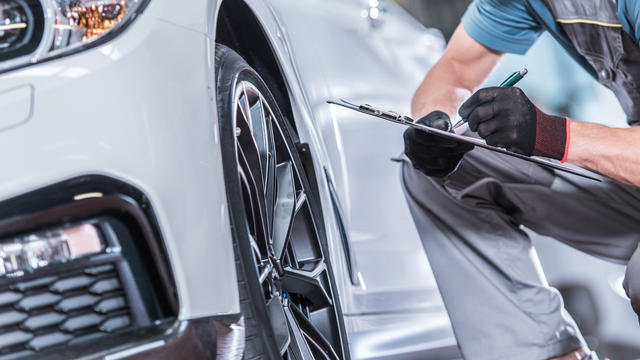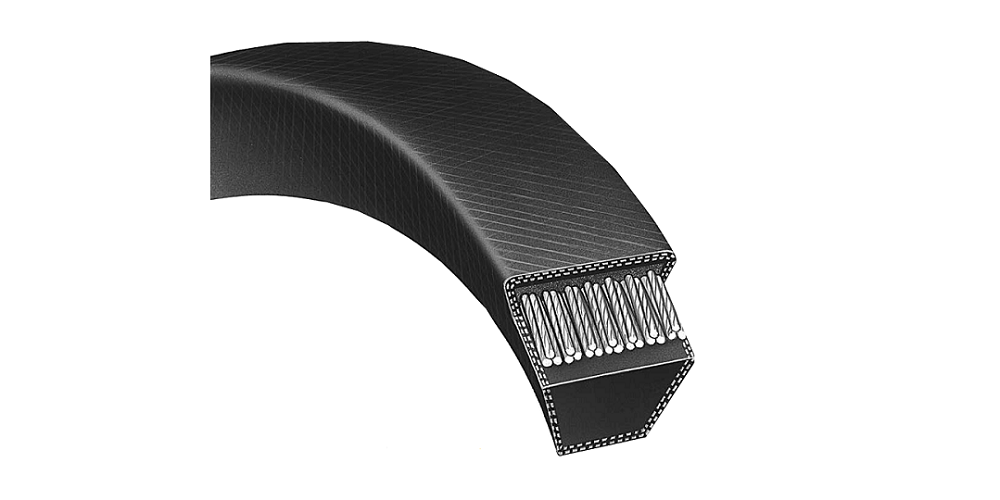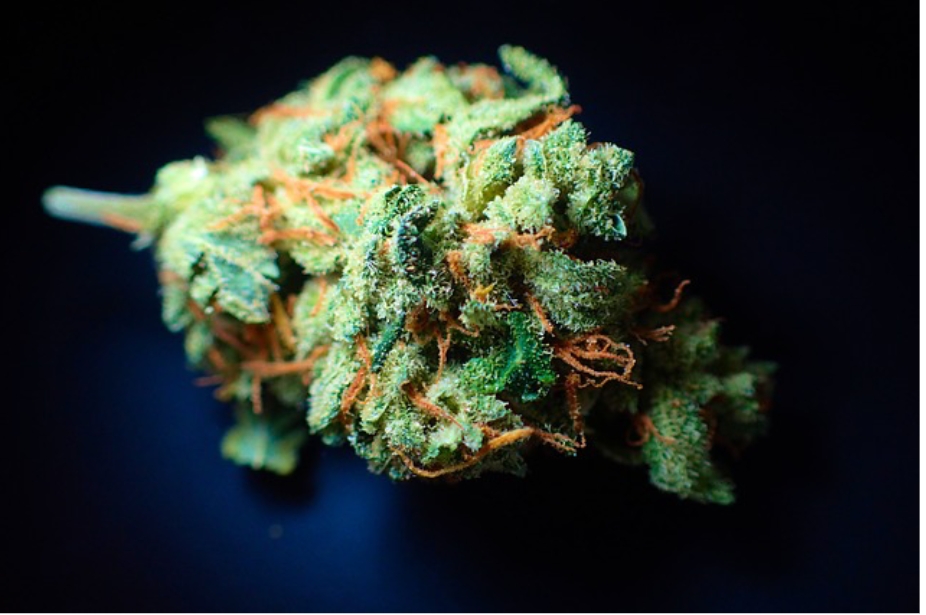In the world of digital media, AI face swap technology has quickly transitioned from a novelty to a powerful tool with widespread applications. Whether it’s creating viral deepfake videos, enhancing movie production, or generating personalized content on social media, face swapping powered by artificial intelligence has captured global interest. But what’s the magic behind this seemingly effortless transformation? In this article, we’ll unpack the inner workings of face swap AI and reveal how this cutting-edge technology operates behind the scenes.
What is AI Face Swap?
AI face swap refers to the use of artificial intelligence and machine learning algorithms to swap one person’s face with another in images or videos. Unlike earlier methods that relied on simple copy-and-paste techniques, modern face swap AI leverages deep learning to achieve highly realistic and seamless results. The goal is to maintain facial expressions, lighting, angles, and skin tones while replacing one face with another.
The Core Technologies Behind Face Swap AI
Several foundational technologies power AI face swap systems. Let’s break them down:
1. Deep Learning and Neural Networks
At the heart of AI face swap is deep learning, a subfield of machine learning that uses artificial neural networks. These networks are designed to mimic the human brain’s way of recognizing patterns and features. In face swapping, convolutional neural networks (CNNs) are commonly used for facial recognition, feature extraction, and image reconstruction.
2. Autoencoders
One of the most important models in face swapping is the autoencoder. It consists of two parts: an encoder and a decoder. The encoder compresses the facial features into a latent representation (essentially a digital signature), while the decoder reconstructs the image from this compressed data.
In AI face swap applications, two autoencoders are often trained one for each person’s face. Once trained, the encoder captures expressions and movements from the source face, and the decoder reconstructs them using the target face’s features.
3. Generative Adversarial Networks (GANs)
GANs play a key role in making the results appear realistic. A GAN consists of two networks: the generator and the discriminator. The generator creates fake images (swapped faces), while the discriminator evaluates their authenticity compared to real images. This back-and-forth battle leads to more refined and lifelike face swaps.
GANs are especially effective for adding natural-looking textures, correcting lighting inconsistencies, and ensuring that the swapped face blends seamlessly into the original image or video.
4. Facial Landmark Detection
For any face swap AI to work accurately, it needs to detect and track facial landmarks—key points on the face like the eyes, nose, mouth, and jawline. This allows the AI to align faces correctly, even if they’re at different angles or showing varied expressions.
Tools like OpenCV and Dlib are often used in the initial phase to map out these landmarks before the deep learning models take over.
The Process of Face Swapping
Now that we’ve covered the key technologies, here’s how the face swap process typically works:
- Input Collection: The AI is provided with source and target face images or videos.
- Preprocessing: Both faces are analyzed for size, orientation, expression, and lighting. Facial landmarks are identified and aligned.
- Encoding: The source face is passed through the encoder to create a compact data representation.
- Decoding & Generation: This encoded data is then decoded using the model trained on the target face, effectively transferring the source face’s features onto the target face.
- Post-Processing: GANs and image blending techniques refine the result to ensure a natural look. Color correction, lighting adjustments, and edge smoothing are applied.
- Final Output: The final image or video is generated with a convincingly swapped face.
Real-World Applications
The possibilities with AI face swap technology are growing rapidly. Some popular use cases include:
- Entertainment and Film: Face swapping is used to replace stunt doubles, de-age actors, or even resurrect deceased performers for new scenes.
- Social Media: Apps like Reface and Snapchat filters allow users to place their faces onto celebrities or fictional characters.
- Gaming and Virtual Reality: AI face swap enables customized avatars or deep immersion by mapping users’ faces onto characters.
- Education and Training: Simulation videos for training scenarios can be personalized using swapped faces for a more relatable experience.
Ethical Considerations and Challenges
While the technology is impressive, it also comes with ethical concerns. The misuse of AI face swap for creating deepfakes particularly non-consensual or deceptive content raises privacy, consent, and misinformation issues. As a result, there’s a growing need for legal frameworks and detection tools to distinguish genuine content from manipulated media.
Conclusion
AI face swap is a prime example of how artificial intelligence is reshaping digital media. Through a combination of deep learning, GANs, and advanced image processing, it has turned science fiction into reality. As the technology continues to evolve, it’s crucial to balance innovation with ethical responsibility to ensure that face swap AI serves creative and constructive purposes.





